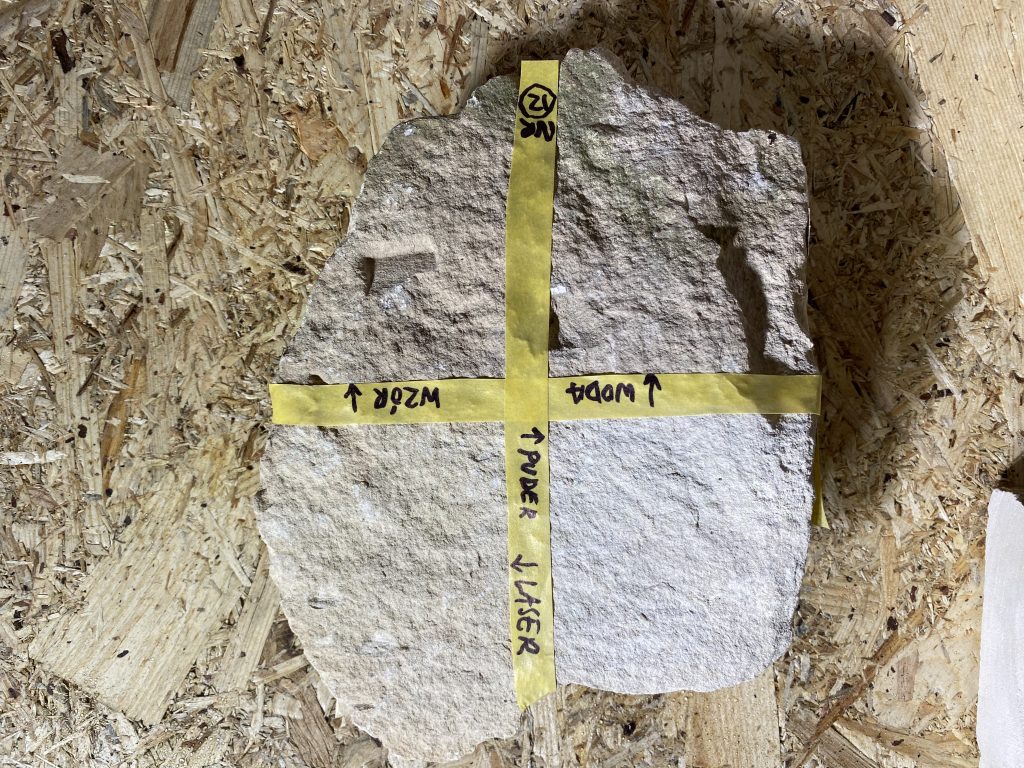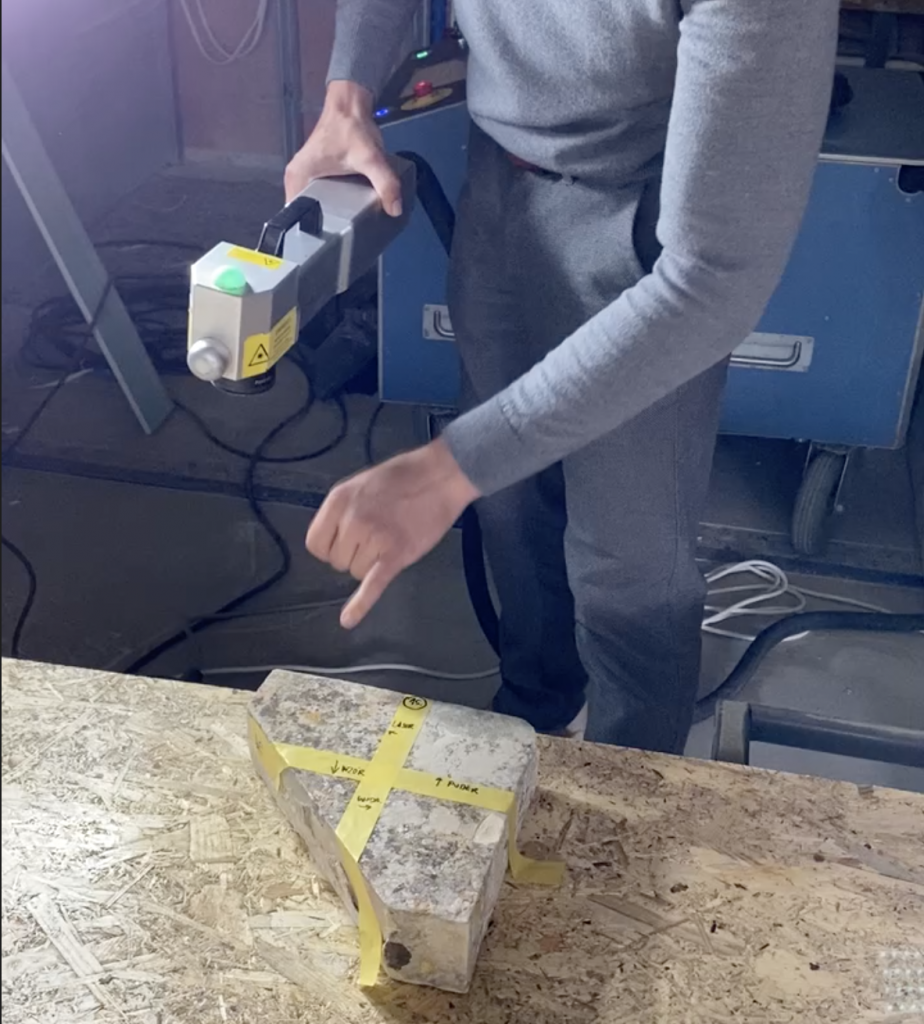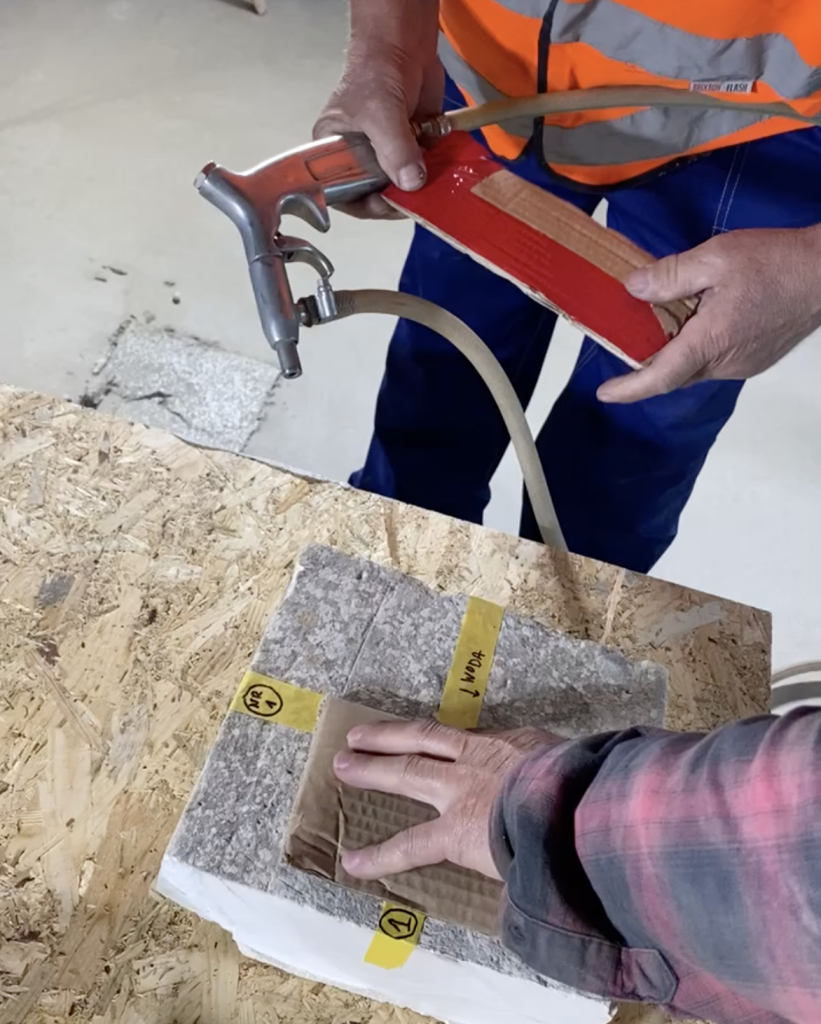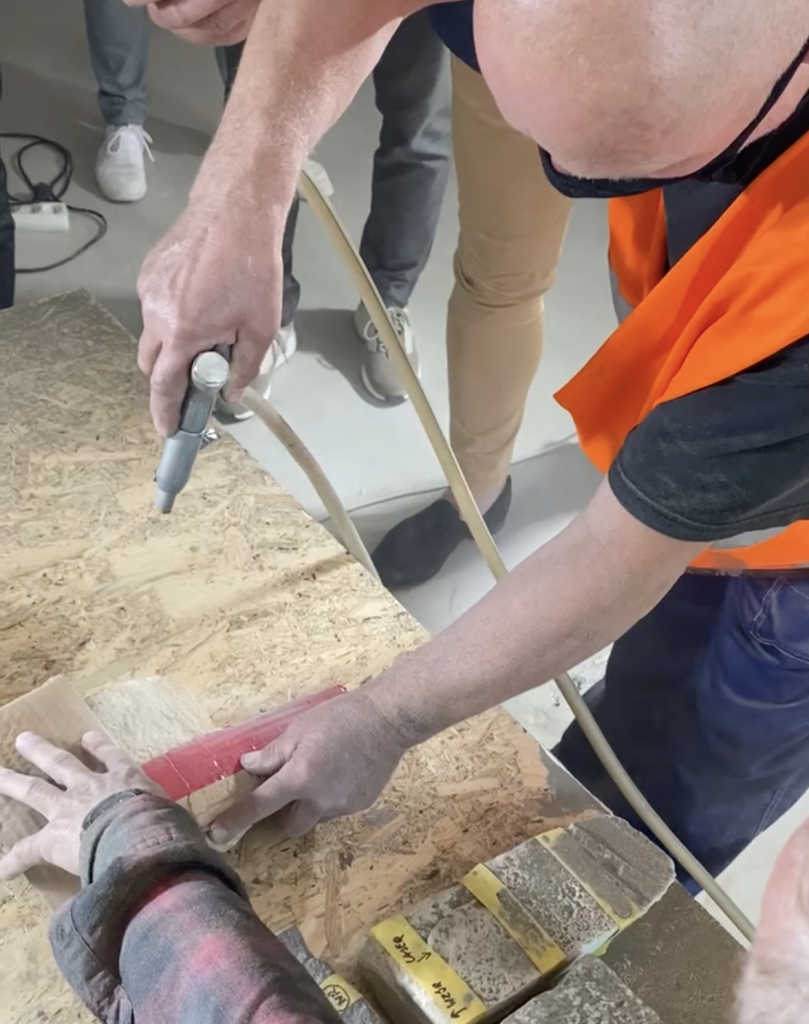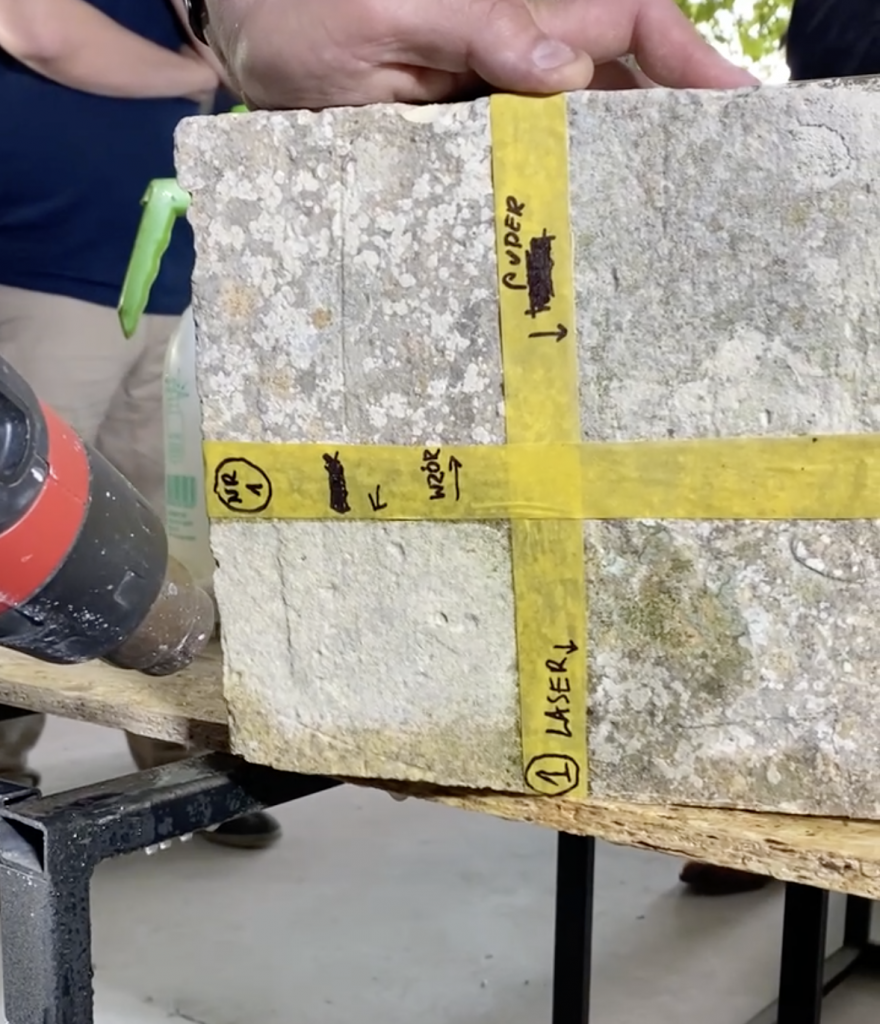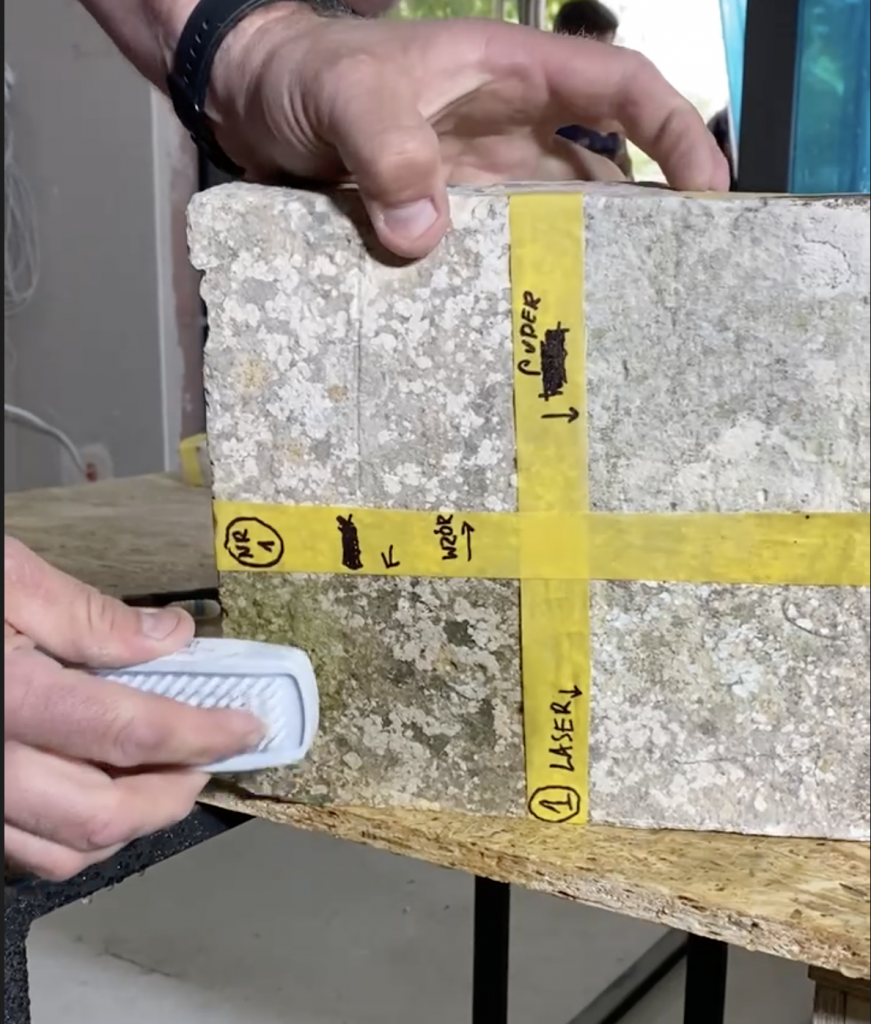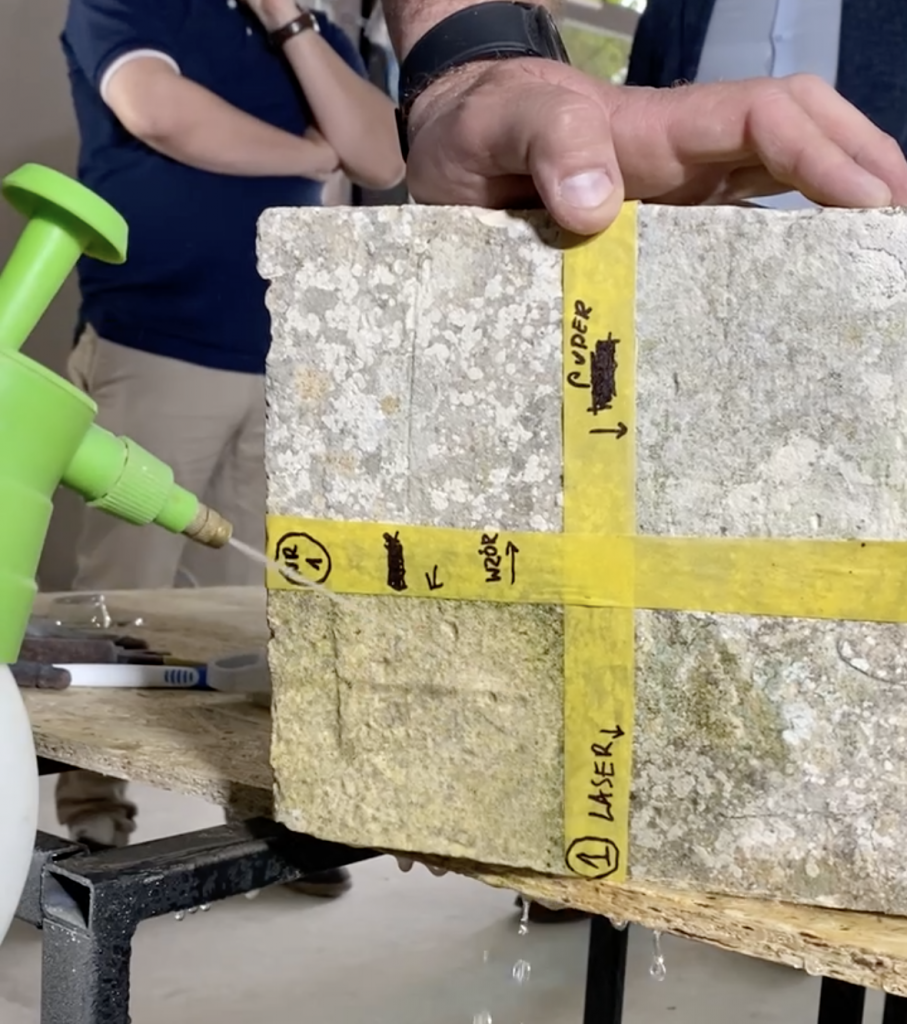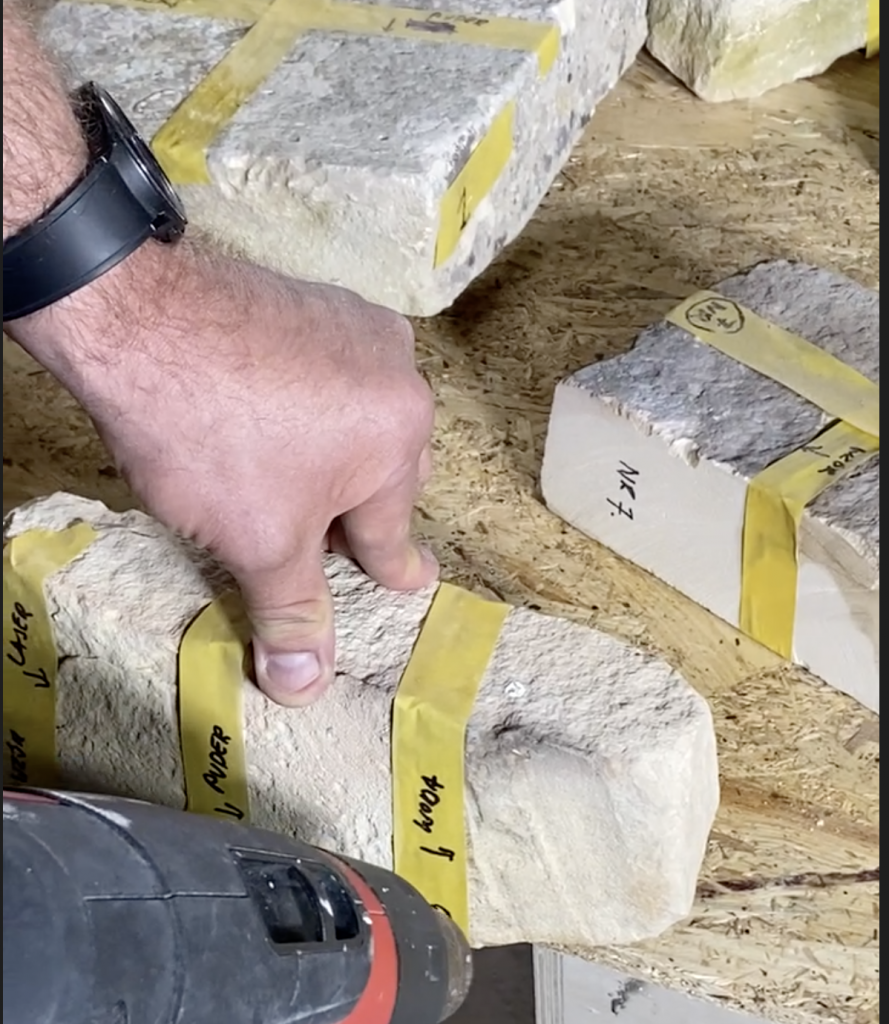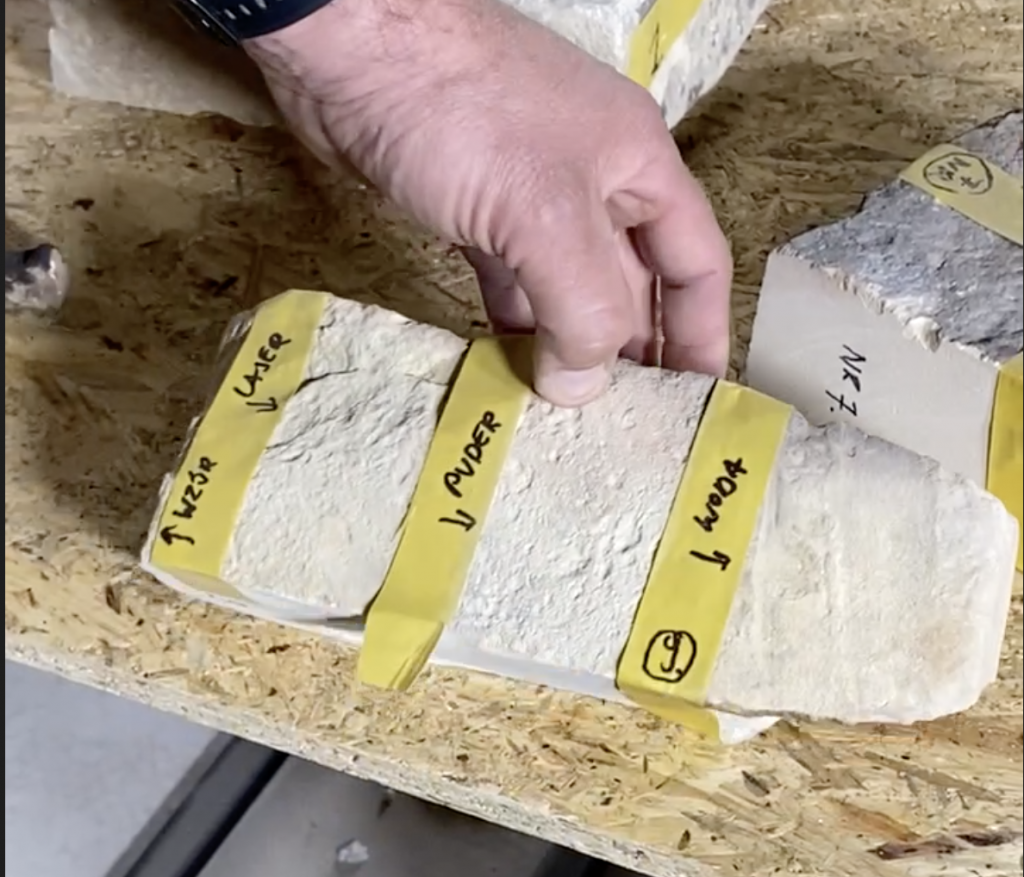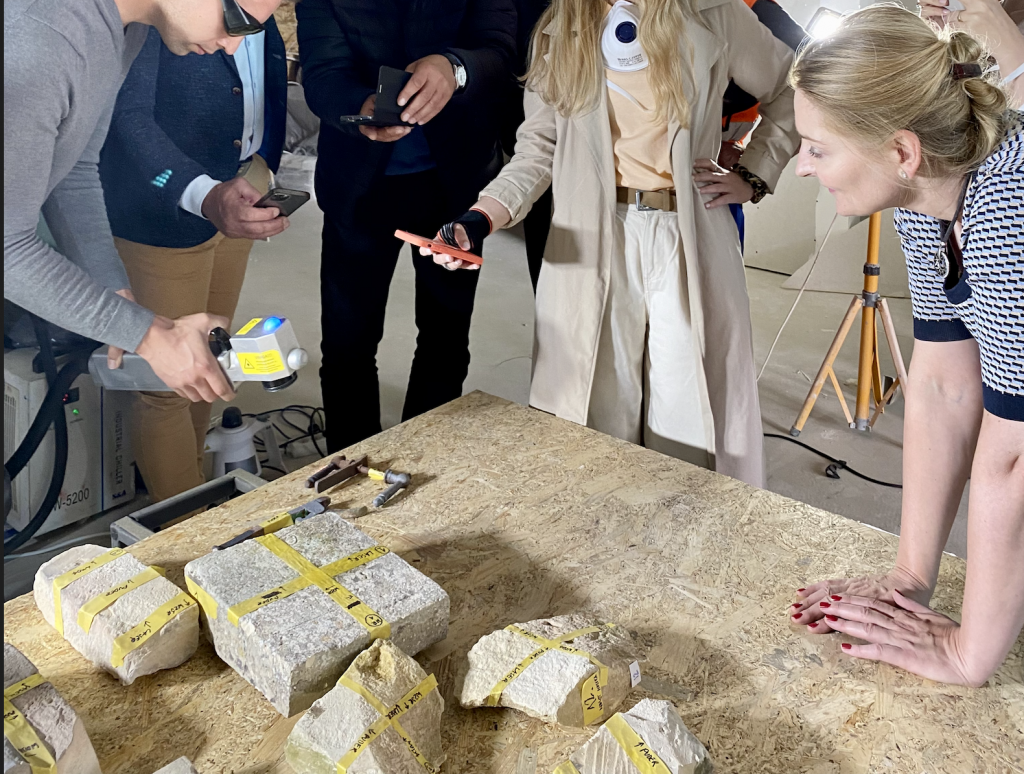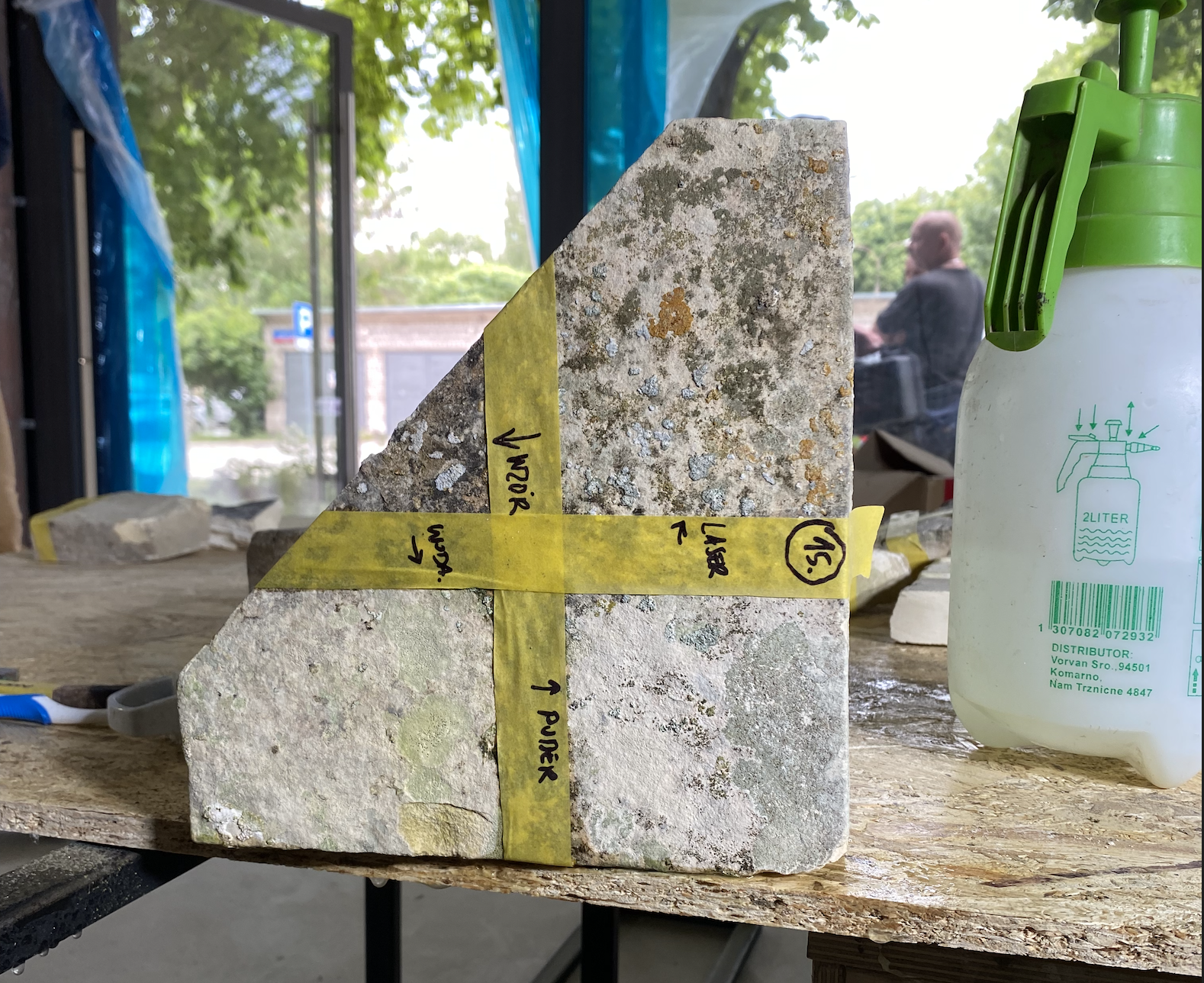
14 Jun Stone cleaning attempts
The Maltese archipelago, located between Sicily and Tunisia, was formed by the uplift of sedimentary rock. The rocks in Malta are exclusively of sedimentary origin. The large amount of limestone contributed to the island’s ancient structures, and to this day Malta’s architecture is characterized by consistency and unique style.
The main building material is Maltese limestone, which occurs on the island in two types. One softer, from which facades and decorative elements are made – called Globigerine Limestone – and the other, coming from the exposed rock layer of Malta, which is an early coral limestone formation, locally called Żonqor (in English: Coral Limestone). This hard limestone with a light gray color is more durable and harder. Stairs, window sills, covers and elements exposed to abrasion are made of it.
Since prehistoric times, this limestone has accounted for most of the building material used in Malta. When exposed to air and weather, the stone takes on a pink color that turns brown to form a protective patina, and algae formations develop on the stone, which, unfortunately, damage the structure.
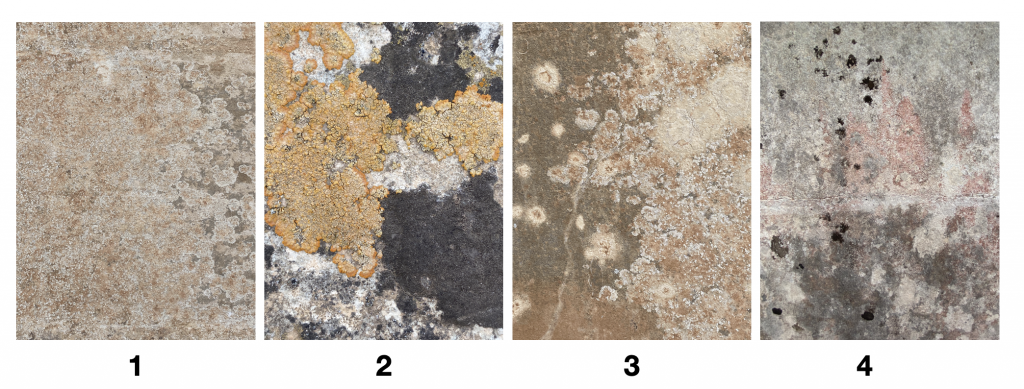
When planning renovation works, cleaning and maintenance of the façade, it is essential to carry out trials in order to select the most appropriate method. The collected samples were brought to Poland, where, under the supervision of experts, a test was carried out using the laser method, the powder method and the traditional method of washing with water.
From the carried-out tests it was indeed possible to confirm that the powder method and washing with water bring the best results. The laser cleaning method did not work.
The recommendations received by the facility show that the cleaning process should start with simpler methods (like brushing), moving on to more aggressive methods, until the required level of cleaning is achieved.
Brushing with nylon brushes is recommended, and if this method does not produce the desired results, a deionized water washing method should be used to clean the limestone, since the dirt on such surfaces is usually water soluble. In the case of stubborn dirt, other acceptable cleaning methods ought to be used, in particular, in the case of more stubborn dirt, basic cleaning agents in the form of a gel and a compress should be used.
The wall dirt, which cannot be cleaned by ordinary washing and gentle brushing, should be removed using an agent that contains ammonium bicarbonate, sodium bicarbonate and carboxymethylcellulose.
Further tests will be carried out on the façade in poorly visible places. We invited a local team that has been working with this material for years and all renovation methods, as well as close cooperation with Heritage, are a daily routine for them and a standard of their work.


